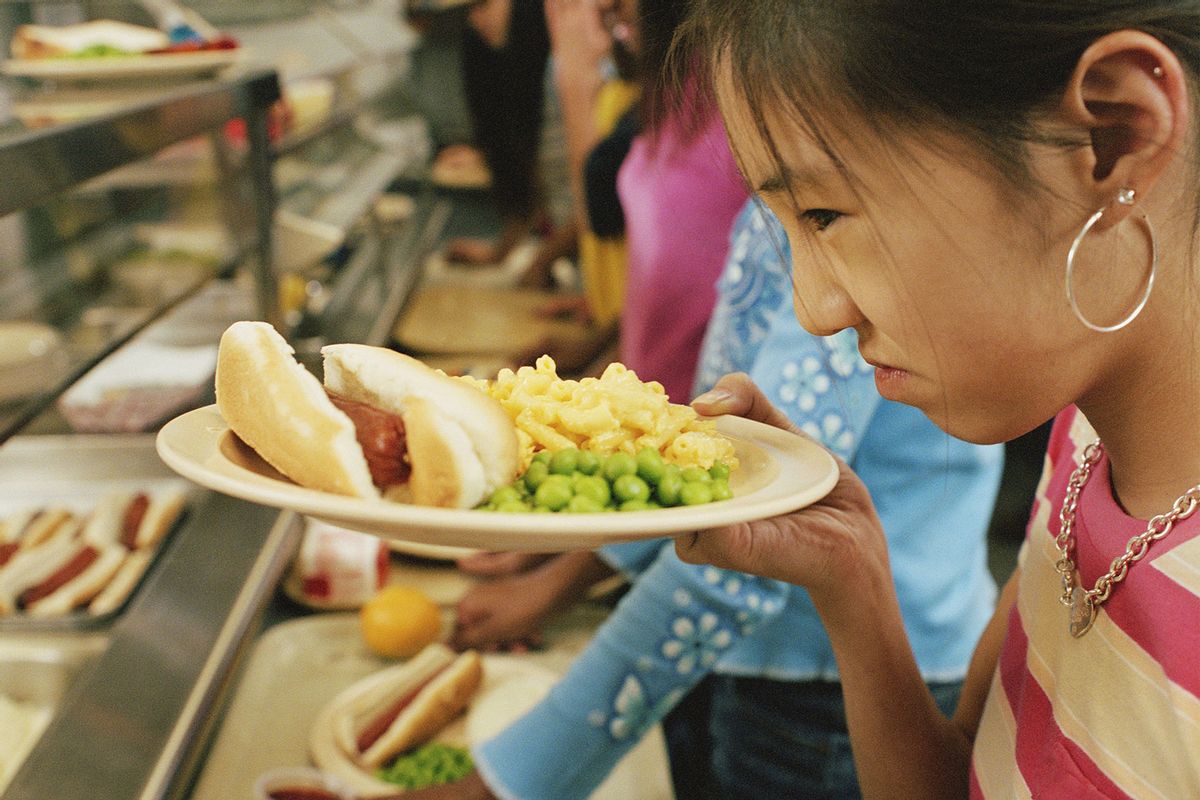How a viral “food disgust test” took over Twitter — and revealed a lot about its participants

Another day on Twitter brings another trending topic. And this time around, it’s an online test that measures your specific food disgust triggers.
Created by IDRlabs — an online platform that offers science-related articles, assessments and tests based on peer-reviewed scientific research — the food disgust test asks users to respond to 32 food-related statements on a scale of agree to disagree. In particular, the statements encourage one to think if they’d eat a slice of apple that has turned slightly brown, use dirty utensils or eat moldy cheese and more. The responses are then used to determine your specific triggers, which include animal flesh, hygiene, human contamination, mold, fruit, fish, vegetables and insect contaminants. A food disgust percentage is also calculated. The lower the percentage, the less disgusted you are by such foods, while the higher the percentage, the more disgusted you are by them.
“Christina Hartmann and Michael Siegrist at the Technical University of Zurich have discovered that people’s disgust concerning food can be broken into eight distinct scales,” read the test’s description. “The factors that determine why people differ on the various triggers for food disgust are not well understood, but the authors hope their instrument will contribute to a greater mapping-out of individual differences in this regard.”
The test explained that an animal flesh sensitivity “is thought to have the most cultural basis, and many vegans and vegetarians report increased disgust on this parameter after adopting these diets.” On the other hand, a hygiene sensitivity “may reduce the risk of infection, but some research also suggests that it may increase one’s risk of autoimmune disease.”
Although the food disgust sensitivity test is rooted in science, IDRlabs maintained that it is intended to be used for educational purposes only. An accurate food disgust assessment can be made only by a qualified mental health professional.
Regardless, it didn’t take long for the test to blow up on Twitter, where Netizens shared their results and flaunted their low scores. Many proclaimed astonishment at their scores, despite their own difficulties with picky eating and food safety:
“[T]hat food disgust quiz going around really surprised me with how low i got when i have like pathological food safety anxiety?” wrote one user. “i guess [it’s] good at differentiating so [that’s] a point for it.” In the same vein, another said, “IMPORTANT DISCLAIMER: I am in fact a PICKY eater so just cause I have a low level of disgust based on this quiz I WILL avoid foods I already know I don’t like, haha. I will try new stuff though!”
Want more great food writing and recipes? Subscribe to Salon Food’s newsletter, The Bite.
Some complained about the test’s vague language, which they believed skewed their scores. And, as expected, others used the opportunity to bash on cultural foods, which have long been deemed as “disgusting” within a white-centric, Western society. Specifically, many took offense to being asked whether they’d eat a whole fish if its head, eyeballs and tail were all visible. Perhaps these people need to be reminded of the juvenile and age-old saying, “don’t yuck someone else’s yum.” It’s also worth mentioning that international foods and food practices being used to gauge one’s food disgust levels is both disparaging and tiring.
Understandably so, the test gives people yet another thing to discuss on the internet. And sure, it’s also quite amusing to compare your tastes with others and debate whether eating moldy bread is actually detrimental to your health or not. I’ll admit that I eventually succumbed to the trend and took the test myself before sharing it with friends.
I ended up earning a food disgust score of 33.63%.
Read more
food analyses:

